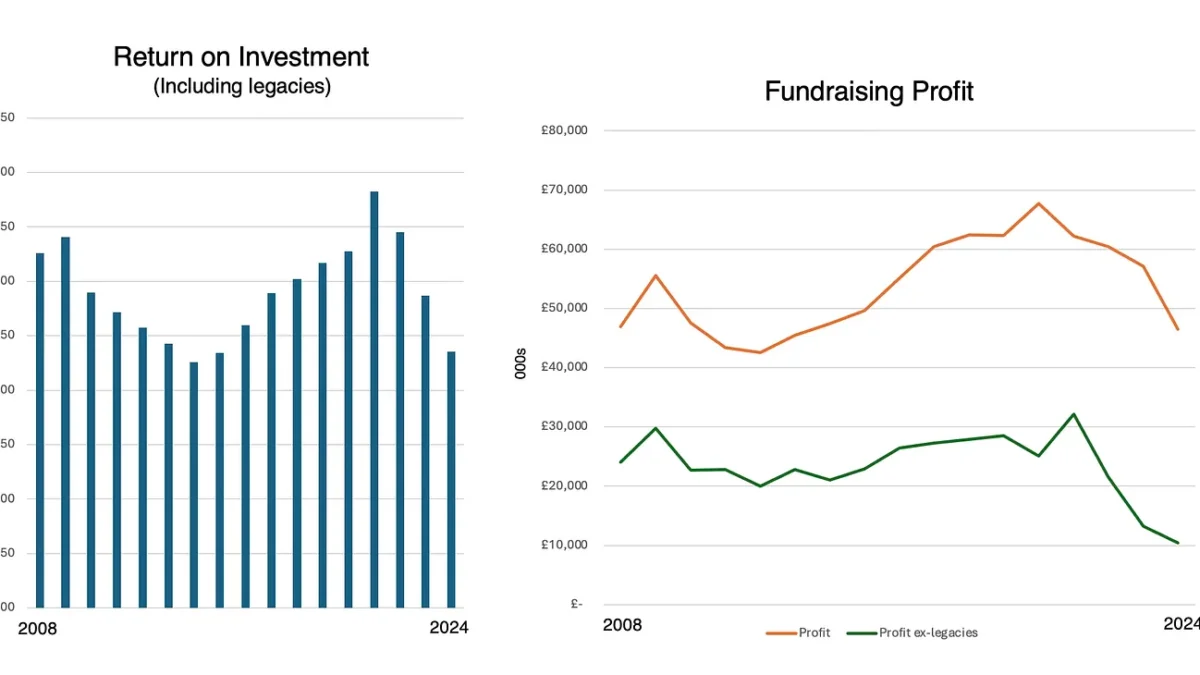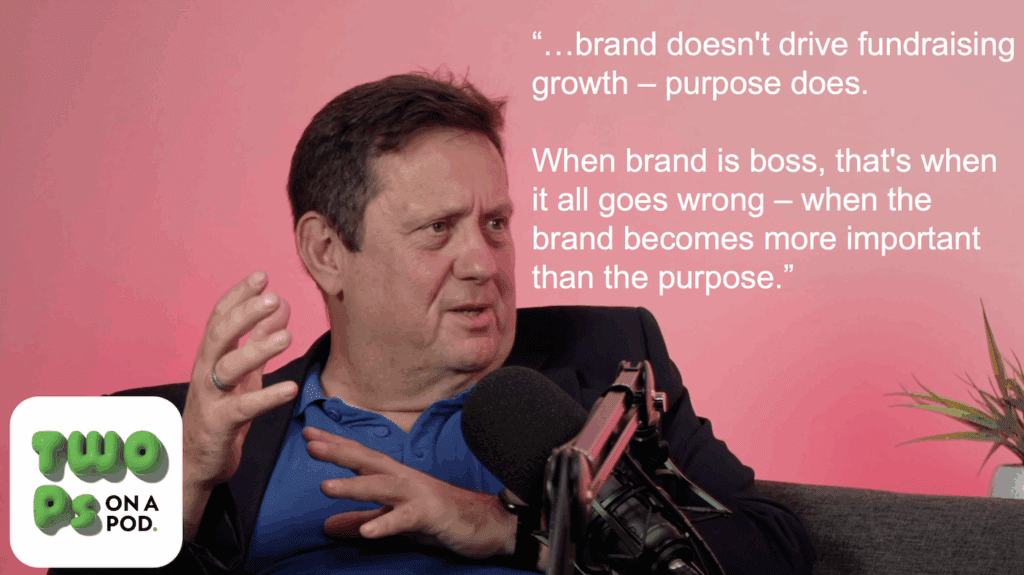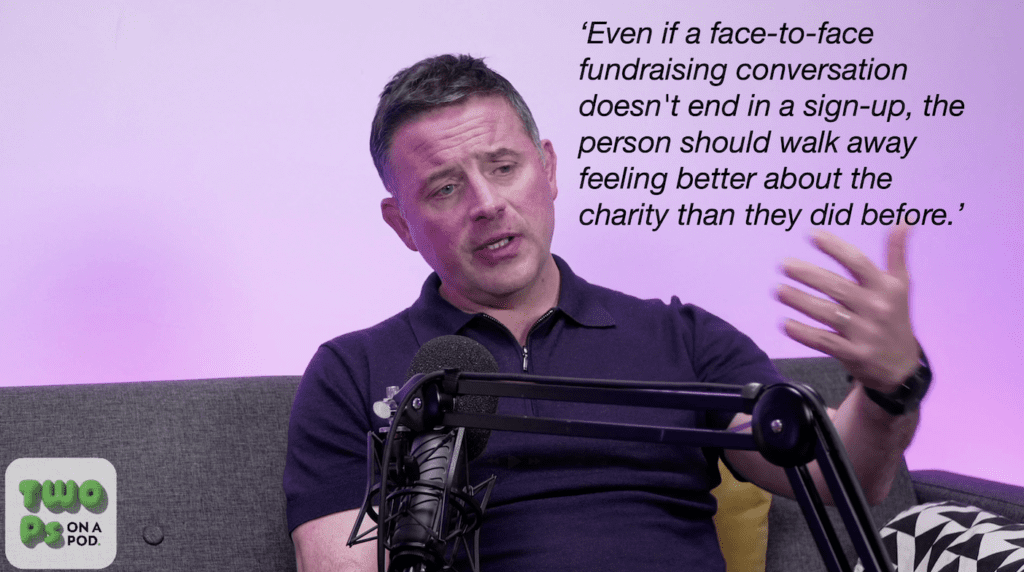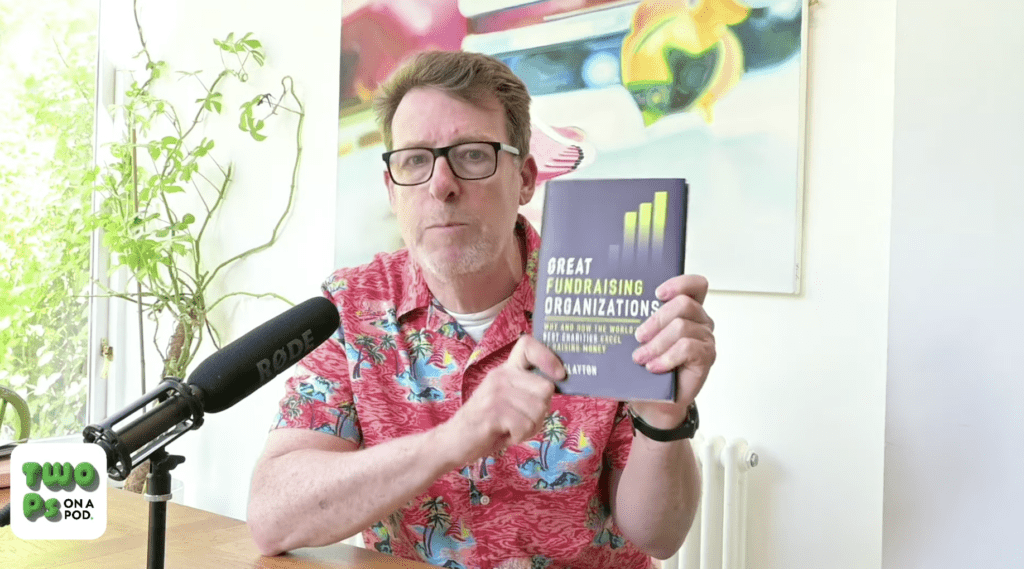When Fundraising Flatlines: Lessons from 500 Charities
Here’s a question for you:
Take a look at these two graphs that illustrate the ROI and fundraising profit (income after fundraising expenditure) for a major UK charity over a 16 year period. You’ll obviously see that there’s pretty impressive growth over the 2010s through to 2020.
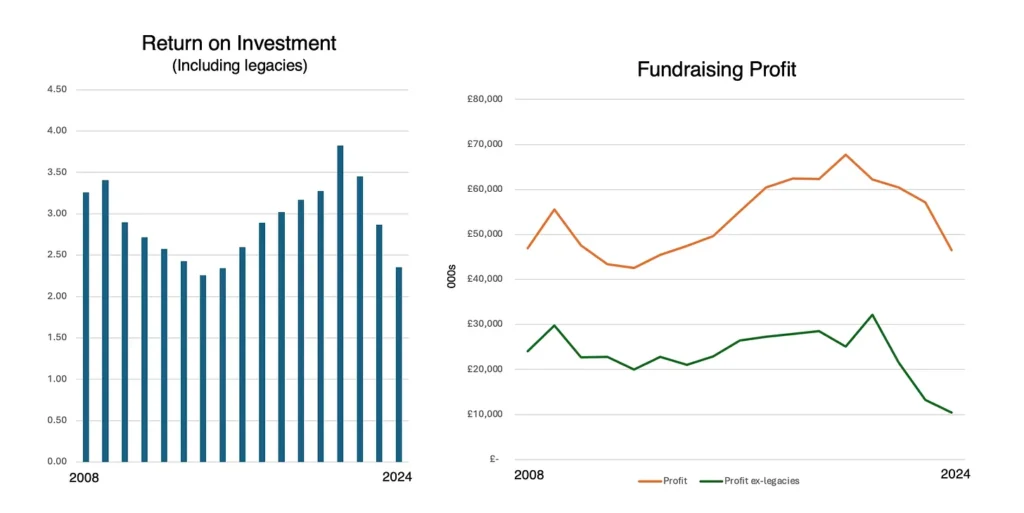
But what could possibly cause an organisation that was generating almost £70 million in profit from their appeals programme cause it to fall to under £50 million in just five years?
You might point to Covid, the cost of living crisis, and everything else we've all been living through lately. But could there be something more going on?
As many of my regular readers know, I spend far too much time tracking annual report data for a huge number of charities across the UK. I look at what happens after major fundraising initiatives like a rebrand or a fresh strategic or creative direction are announced – and I track what unfolds in the years that follow.
And you know what I tend to find?
Income falls.
Sometimes by a lot.
Sometimes by a little.
Change very often leads to a decline in fundraising income.
That’s why I was pleased to sit down with Alan Clayton last week to record a new episode of 2Ps on a Pod with Giles Pegram, where we had the opportunity to discuss this phenomenon. (The podcast is in the edit right now, but I wanted to share one particular highlight to give you some insight into what will be coming your way.)
Alan has gone even further than me.
In researching his new book, Great Fundraising Organizations, he analysed the data from over 500 charities - and went beyond the numbers by interviewing fundraisers and leadership teams to understand what causes the massive turbulance we so often see.
And his finding?
Organisations tend to experience a surge in growth...followed by a flatline or decline.
When we asked Alan what causes these shifts, he had one very simple answer:
Personnel change.
What Alan has identified is that fundraising momentum is not built on rapidly changing creative approaches, strategies, or clever rebrands.
It’s built on people – specifically, on leadership continuity and the emotional culture they create.
When key people leave a charity – at any level – even if they leave behind a brilliant plan, something vital often leaves with them:
- Emotional commitment
- Shared belief
- Internal drive
To summarise his point, growth is fragile because it is often tied to individuals, not an organisation.
We pushed him further: why aren't charities more aware of this? Why can the connection between people and plans be so easily broken?
Alan's answer was simple: ego.
Ego is the enemy of fundraising.
When people are more focused on how they are perceived – or on avoiding criticism – rather than on meeting the needs of donors and fulfilling the mission, fundraising will stall.
So if you’re serious about sustainable growth, don’t just invest in great fundraising plans.
Invest in building leadership depth, emotional resilience, and a culture that isn’t driven by personal agendas.
Because growth isn’t just about what you do.
It’s about who you are.
First published on our Substack on the 22nd April 2025. Subscribe to our Substack and receive even more Charity Fundraising insights direct to your email or via the Substack App
The full podcast episode with Alan Clayton will be published shortly – subscribe here to catch it, or to 2Ps on a Pod on YouTube.
In the meantime, you can grab your copy of Alan’s brilliant new book Great Fundraising Organizations here. Or alternatively, we will be announcing how you can get a free copy of the book when the next episode of 2Ps on a Pod is published.
Choose how you'd like to receive fundraising insights and ideas below...
The Essentials

Crack the Code to Regular Giving: Insights, Strategies, and a Special Giveaway!
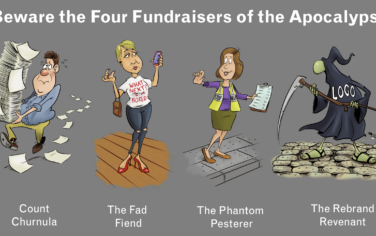
‘Tis Halloween. Keep to the light and beware the Four Fundraisers of the Apocalypse!
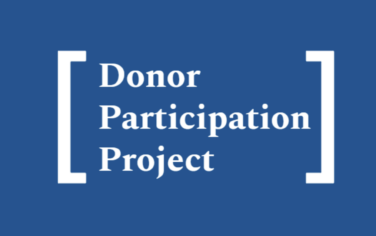
Why do people give? The Donor Participation Project with Louis Diez.

A guide to fundraising on the back of a postcard
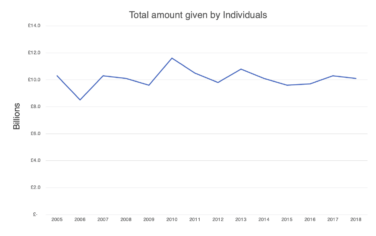
What does the latest research tell us about the state of fundraising?


